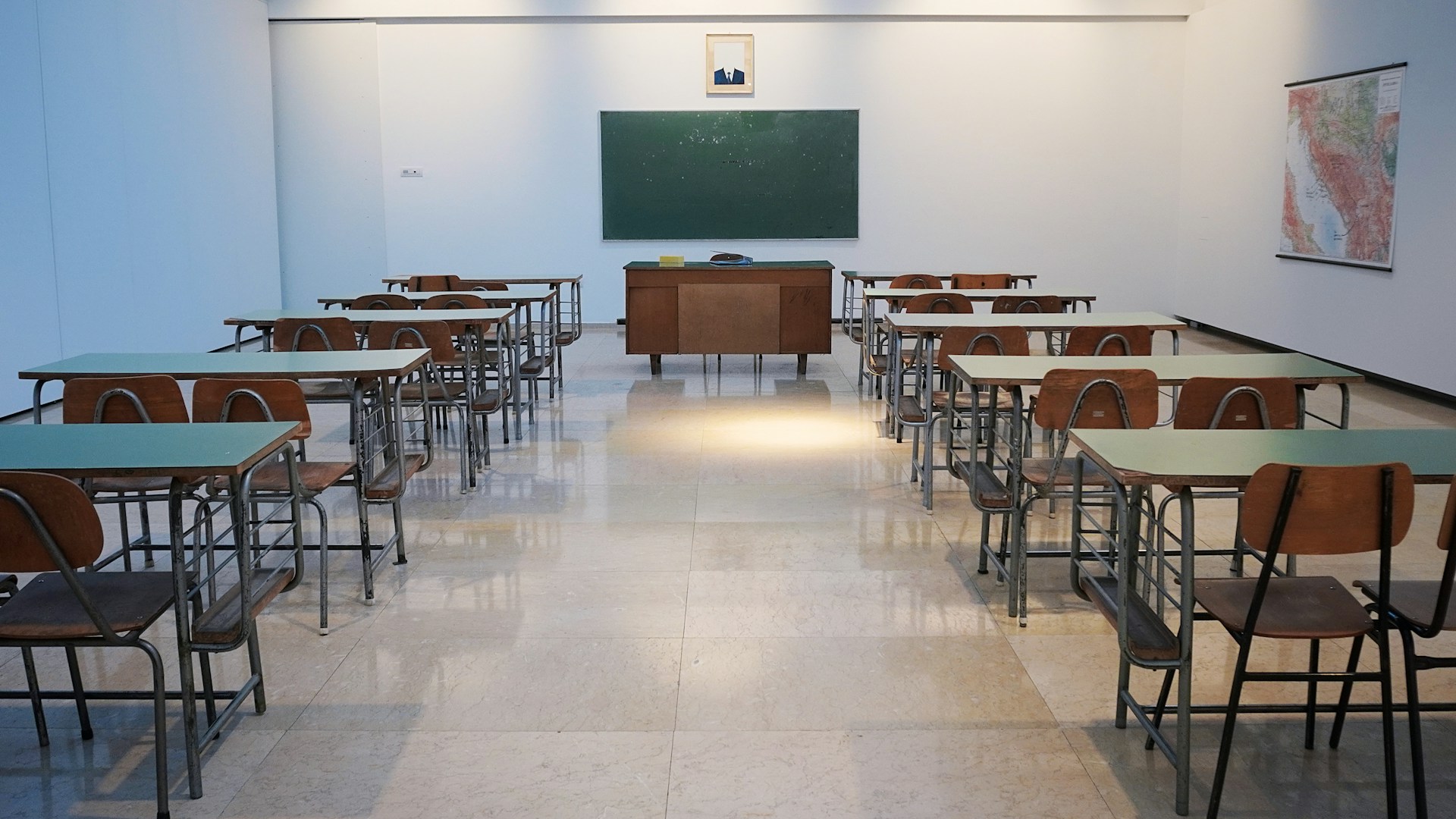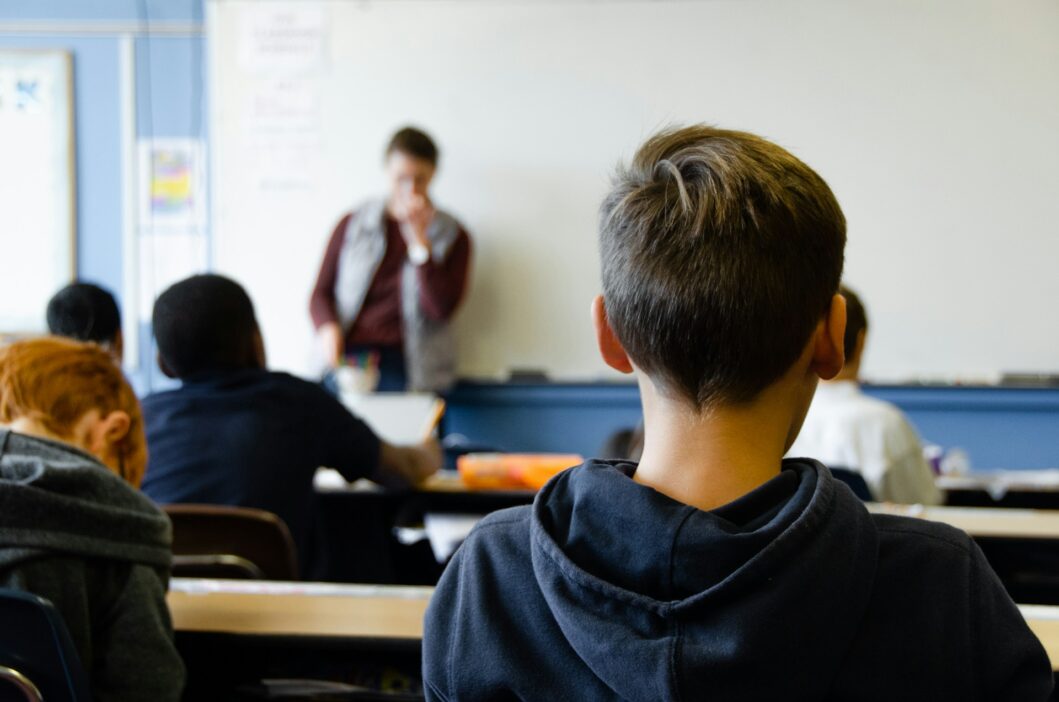Effective teaching is about more than delivering content; it’s about fostering engagement, understanding, and critical thinking in students. As educational environments evolve, so should teaching methods. Continuous improvement is key to becoming a successful educator and enhancing student outcomes.

Here are essential strategies to help you improve your teaching methods.
1. Incorporate Active Learning Techniques
Traditional lectures often result in passive learning, where students simply absorb information. Instead, promote active learning by involving students in discussions, problem-solving activities, and group work. Techniques like think-pair-share, debates, or peer teaching encourage deeper understanding, as students process and apply knowledge actively.
2. Utilize Differentiated Instruction
No two students learn the same way, so a one-size-fits-all approach may limit student success. Differentiated instruction means tailoring lessons to accommodate various learning styles and abilities. You might offer multiple ways to engage with the material, such as visual aids, hands-on activities, or written reflections. This personalized approach ensures all students have access to meaningful learning experiences.
3. Leverage Technology in the Classroom
Educational technology has revolutionized teaching. Use tools like interactive whiteboards, digital quizzes, and multimedia presentations to create dynamic and interactive lessons. Learning management systems (LMS) like Google Classroom or Canvas can help streamline communication, assignments, and feedback, making learning more accessible and efficient for both teachers and students.
4. Encourage Inquiry-Based Learning
Foster a classroom environment where students feel empowered to ask questions and explore topics on their own. Inquiry-based learning shifts the focus from teaching to facilitating, where students take an active role in their learning. Guide them through research, problem-solving, and critical thinking exercises. This method promotes deeper understanding and helps students develop skills essential for lifelong learning.
5. Implement Formative Assessments
Regular formative assessments provide immediate feedback on student learning and allow you to adjust your teaching as necessary. Techniques such as quick quizzes, exit tickets, and one-minute reflections help you gauge student comprehension in real time. By addressing gaps in knowledge promptly, you ensure that students are on track before moving to more complex topics.
6. Reflect and Seek Feedback
Continuous improvement requires honest reflection. Regularly evaluate your teaching practices, identify areas for growth, and seek feedback from both students and colleagues. Peer observations and student surveys can provide valuable insights into what’s working and what could be improved.
In conclusion, improving your teaching methods is an ongoing process that demands creativity, adaptability, and reflection. By incorporating active learning, technology, and differentiated instruction, you can create a more engaging and effective learning environment, empowering students to reach their full potential.

